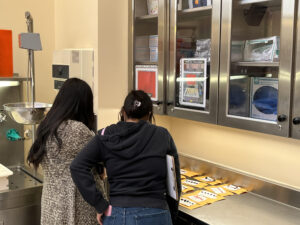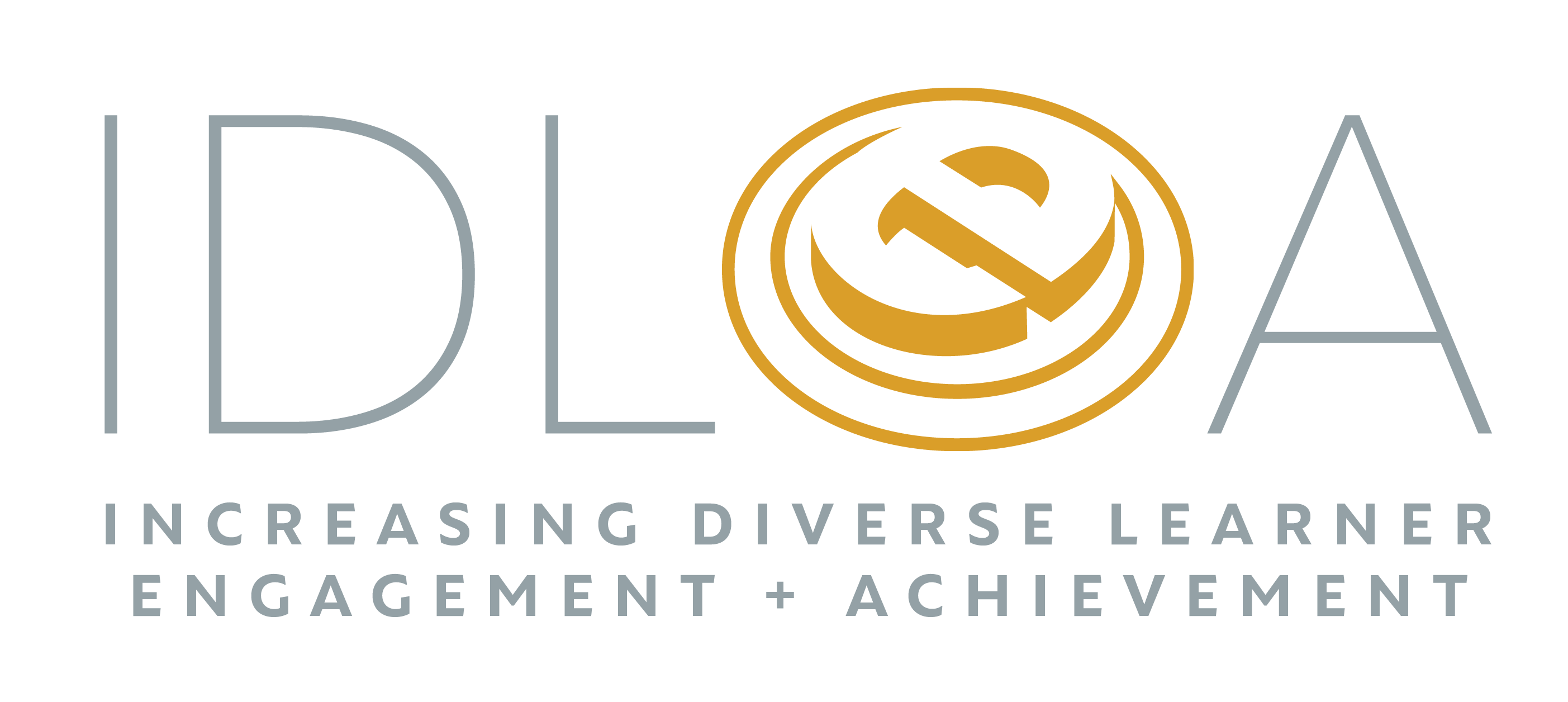“The ultimate goal is for students to be the owners of their education, and to be the ones doing the vast majority of the thinking and talking for all the obvious reasons. There’s a definite need for it and I think it will go a long way.”
—Nate Malkemus, Curriculum and Instruction Coach
Working Strategically to Move Students Up on DOK & Bloom’s Taxonomy Scales
Based in Aurora and formed in 2015, New Legacy is a small high school that serves a niche population of pregnant and parenting teens and their children ages 0-5. Half of the school serves as an early learning center for the children of students. One-hundred percent of the student population is on free and reduced lunch while 90% read and write at an 8th grade level or below. A third have dropped out of traditional schools and are re-engaging with their education, and many will be the first in their family to graduate from high school.
Nate Malkemus, Curriculum and Instruction Coach, explains that the biggest challenge the school faces is with attendance as many students work one or two jobs. “As you can imagine, there are a lot of social, emotional and academic gaps for our students so part of our objective is to bridge some of those gaps.”
With this in mind, New Legacy’s overall goal is to increase cognitive lift for students by working strategically to move them up on the DOK and Bloom's Taxonomy scales. They have two strategies in particular to help them get there. The first is to use a workshop model combined with cooperative learning to move towards more student work time and less teacher talk time.
The workshop model provides a structure for using class time, beginning with a compelling hook and mini lessons, followed by student work time and finishing with time to reflect. New Legacy has requested that teachers incorporate the cooperative learning piece three out of five days per week in their lesson.
Nate explains, “Coming out of COVID, a lot of our students have come back from a year-and-a-half of mostly remote learning and they're just rusty, not only academically but also socially. We’re seeing a lot of shyness and apprehension about working with their peers and I think for a lot of our students, it’s more comfortable to sit and take notes or do things that are relatively mindless because that’s easier than engaging with their peers and being vulnerable.”
These are barriers that always existed at the school but were exacerbated by the pandemic. New Legacy wants to push them out of that comfort zone and towards more student discourse, but acknowledges it’s going to take some time as well as deliberate work to teach the soft and social skills that will drive confidence and set them up for success with cooperative learning.
The second strategy the campus has embraced is breathing life into the school’s learning objectives and rethinking how they use them. Ultimately, they are hoping for a bottom-up process rather than a top-down process, allowing the students to help shape their learning goals and understand why they are learning something and what the applications are.
To assist with this goal, New Legacy rolled out a board set up for classrooms that forces teachers to be intentional with their planning and use the white board as a road map. “It serves as a tool for communicating with students and making it part of the conversation,” says Nate. Weekly teacher surveys are helping to assess progress and provide an opportunity for reflection. The school is also planning focus groups with students to discover how they feel comfort wise with the new approach.
One of the challenges New Legacy has faced is allowing time for their new teachers to adjust to the unique school climate and student body while easing into the process. A PD session prior to the start of school introduced the concept. Next, they moved into a data collection phase that included one-one-one conversations and observations. A clinic then illustrated the gaps and reinforced what a good cooperative learning structure should look and feel and sound like. This process was repeated with the workshop model and the learning goals.
Looking forward, coping with the outcomes of the project against a 50% daily attendance rate is perhaps New Legacy’s biggest challenge. To address this, they built in academic and personal enrichment time that allows them to be mindful about addressing gaps that students may experience due to absence.
However, staff shortages have also interfered with school operations and hindered implementation. Principal Sara Kahn shares that there is strong awareness among the staff of the strategies and an understanding of why they are important. Working with both teachers who are new to their school and their challenging student population and veteran staff who find it difficult to change their game, Sara acknowledges they are “on the slow train to change.”
Despite these challenges, she doesn’t plan to give up. The work they are doing with the grant is in line with other initiatives the school has to personalize learning for students, making more of their learning driven by student choice. She says, “I think by using these strategies, it's going to help us more effectively run classes because you're able to differentiate for students what their own outcomes or assessments are. To have them talking and learning and growing from that type of a model is good work that we definitely will continue and want to improve on.”
“The ultimate goal is for students to be the owners of their education, and to be the ones doing the vast majority of the thinking and talking for all the obvious reasons,” says Nate. “There’s a definite need for it and I think it will go a long way.”
For New Legacy, that direction is for all students to graduate with a high school diploma plus a career path, whether that be college, a certification or a licensure. They strive to break the cycles of multi-generational poverty, trauma and abuse, teaching these students how to be happy, healthy parents. “We’re helping them to find their passions and live better lives with normal working hours and hopefully just one job and really be able to have beautiful families,” says Sara, and they’re starting to see results. Seniors are able to talk about what their projects are and what they are doing to be ready for after high school.
“There's so much more excitement and enthusiasm when we turn that table and give the student the voice. I think we're starting to see more and more successes of that starting to come to life, and it is inspiring. It's exciting for the staff to see these “aha “moments. It’s instrumental in us continuing the work and finding how to implement it smarter and better and more consistently for all students,” says Sara.


